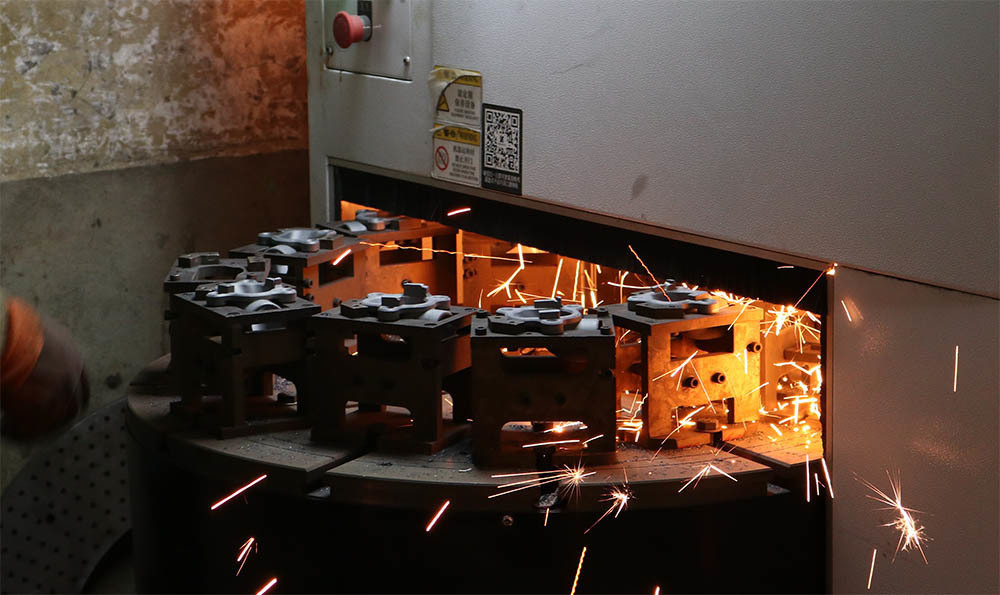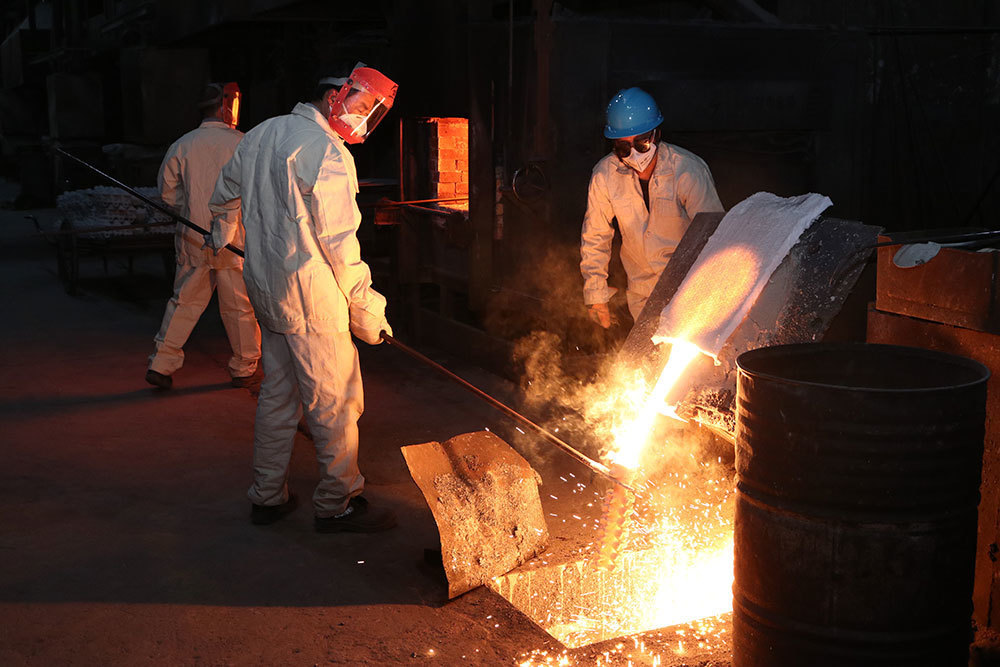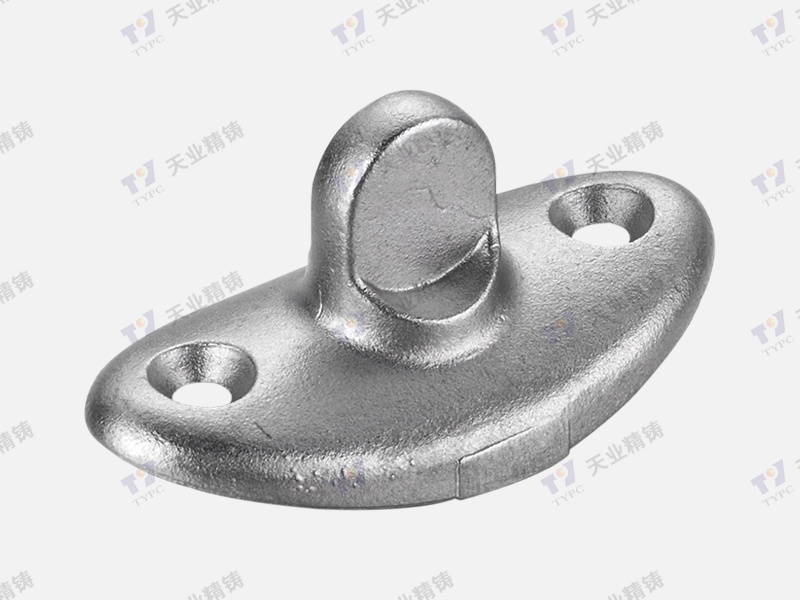2025-05-25
Utilizing Alloy Steel Castings for High-Temperature Applications: A Comprehensive Guide
Utilizing Alloy Steel Castings for High-Temperature Applications: A Comprehensive Guide
Table of Contents
- 1. Introduction to Alloy Steel Castings
- 2. Properties of Alloy Steel Castings
- 3. Benefits of Alloy Steel Castings in High-Temperature Applications
- 4. Key Design Considerations for Alloy Steel Castings
- 5. Applications of Alloy Steel Castings in High-Temperature Environments
- 6. The Manufacturing Process of Alloy Steel Castings
- 7. Maintenance and Longevity of Alloy Steel Castings
- 8. Future Trends in Alloy Steel Castings for High-Temperature Applications
- 9. Frequently Asked Questions
- 10. Conclusion
1. Introduction to Alloy Steel Castings
Alloy steel castings are integral components in various industries, particularly where high-temperature performance is essential. These castings exhibit superior mechanical properties and resistance to wear and corrosion, making them ideal for use in extreme conditions. This guide will delve into the unique characteristics and advantages of alloy steel castings, particularly in high-temperature applications.
2. Properties of Alloy Steel Castings
Alloy steel castings are defined by their specific composition of iron combined with varying percentages of carbon and other alloying elements. This combination imparts distinct properties that are critical for high-temperature applications.
2.1 Mechanical Properties
The mechanical properties of alloy steel castings include:
- **High tensile strength:** Essential for supporting heavy loads in demanding environments.
- **Enhanced toughness:** Ability to absorb energy and resist fracturing under stress.
- **Excellent ductility:** Allows for deformation without breaking, a crucial factor in high-temperature conditions.
2.2 Thermal Properties
Alloy steel castings also exhibit remarkable thermal properties:
- **High thermal conductivity:** Facilitates efficient heat transfer, preventing overheating.
- **Low thermal expansion:** Reduces the risk of thermal stress and distortion during temperature fluctuations.
3. Benefits of Alloy Steel Castings in High-Temperature Applications
The utilization of alloy steel castings in high-temperature applications offers several significant benefits.
3.1 Durability
Alloy steel castings have a long lifespan, even in harsh environments, due to their excellent resistance to wear and tear. This durability translates into lower maintenance costs and reduced downtime for organizations.
3.2 Cost-Effectiveness
While the initial investment in alloy steel castings may be higher than alternative materials, their longevity and performance efficiency result in long-term cost savings.
3.3 Versatility
These castings can be tailored to meet specific requirements, allowing for customized solutions across various applications, from aerospace to energy production.
4. Key Design Considerations for Alloy Steel Castings
When designing alloy steel castings for high-temperature applications, several factors must be considered to ensure optimal performance.
4.1 Material Selection
Choosing the right alloying elements is critical. Elements such as chromium, molybdenum, and nickel can enhance high-temperature performance and corrosion resistance.
4.2 Geometry and Size
The geometry of the casting affects thermal distribution and mechanical performance. Engineers must consider the casting's shape to minimize stress concentrations and improve heat dissipation.
4.3 Tolerances and Finishing
Precision in tolerances and surface finishing is essential for ensuring that the final product meets the necessary specifications and performs efficiently under high temperatures.
5. Applications of Alloy Steel Castings in High-Temperature Environments
Alloy steel castings find applications across various industries, notably:
5.1 Energy Sector
In the energy sector, alloy steel castings are used in boilers, turbines, and heat exchangers, where they must withstand extreme temperatures and pressures.
5.2 Aerospace Industry
Aerospace components, such as engine parts and structural elements, require materials that can endure high temperatures and mechanical stresses. Alloy steel castings fulfill these demanding requirements.
5.3 Automotive Industry
In automotive manufacturing, alloy steel castings are utilized in engine blocks and transmission housings, where durability and thermal resistance are crucial for performance.
6. The Manufacturing Process of Alloy Steel Castings
The manufacturing of alloy steel castings involves several steps to ensure quality and performance.
6.1 Melting and Alloying
The process begins with melting the base metal and alloying elements in a furnace, ensuring a homogeneous mixture.
6.2 Casting Methods
Various casting methods, such as sand casting, investment casting, and die casting, can be employed, each tailored to specific applications and design requirements.
6.3 Quality Control
Quality control measures, including non-destructive testing and metallurgical analysis, are critical for ensuring that the alloy steel castings meet the specified standards.
7. Maintenance and Longevity of Alloy Steel Castings
To maximize the lifespan of alloy steel castings, regular maintenance practices are essential.
7.1 Routine Inspections
Conducting routine inspections helps identify potential issues before they escalate, ensuring continued reliability in high-temperature applications.
7.2 Wear and Tear Management
Implementing strategies for managing wear and tear can prolong the lifespan of components, including proper lubrication and operational adjustments.
8. Future Trends in Alloy Steel Castings for High-Temperature Applications
The future of alloy steel castings looks promising, with several trends emerging that may impact their use in high-temperature applications.
8.1 Advancements in Alloy Composition
Research into new alloy compositions may yield materials with even better high-temperature performance and reduced weight, enhancing efficiency in various applications.
8.2 Sustainability Efforts
As industries move towards more sustainable practices, the development of recyclable alloy steel castings and eco-friendly manufacturing processes will become increasingly important.
9. Frequently Asked Questions
1. What are alloy steel castings?
Alloy steel castings are components made by pouring molten alloy steel into a mold, allowing for complex shapes and structures required in various applications, especially those exposed to high temperatures.
2. Why are alloy steel castings preferred for high-temperature applications?
Their outstanding mechanical properties, resistance to thermal deformation, and durability make alloy steel castings ideal for environments where high temperatures and stresses are prevalent.
3. How does the manufacturing process of alloy steel castings work?
The manufacturing process typically involves melting raw materials, mixing alloying elements, casting into molds, and performing quality control checks to ensure specified standards are met.
4. What industries commonly use alloy steel castings?
Common industries include energy, aerospace, automotive, and manufacturing sectors where high-temperature and high-stress applications are essential.
5. What maintenance practices are recommended for alloy steel castings?
Routine inspections, monitoring for wear and tear, and proper lubrication are essential maintenance practices to ensure the longevity and performance of alloy steel castings in high-temperature applications.
10. Conclusion
In summary, **utilizing alloy steel castings** for high-temperature applications presents numerous advantages, from their mechanical and thermal properties to their durability and cost-effectiveness. By understanding the critical design considerations, manufacturing processes, and applications of these castings, industries can ensure optimal performance and longevity in demanding environments. As advancements continue in alloy composition and manufacturing techniques, alloy steel castings will undoubtedly play a pivotal role in the future of high-temperature applications.









